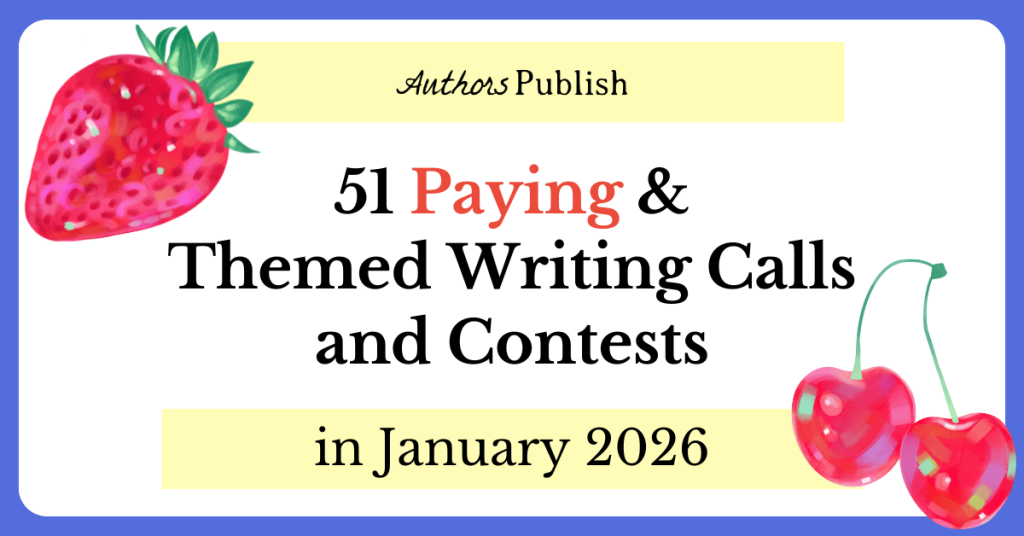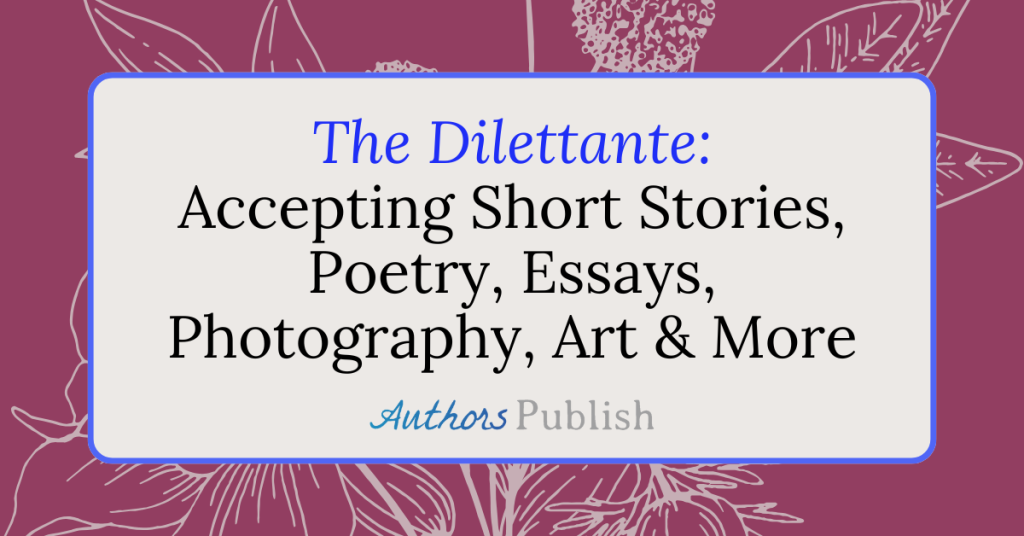Ratika Deshpande
My main struggle with writing fiction has always been coming up with a plot. I believe in writing the kind of stories one likes to read, but it’s not always easy to actually put that into practice. For example, I love reading about fantasy shops, scholars, palaces, and small villages. Yet it wasn’t clear to me how I could take these unspecific locations and characters and create complete stories out of them.
I’d read hundreds of articles on plotting over the years, but the only time I actually understood the mechanics of a story that has a beginning, middle, and end was when I watched (and followed along) a guest lecture by the SFF author Mary Robinette Kowal.
In the lecture, Kowal explains how most stories contain one or more MICE threads—Milieu, Inquiry, Character, Event. To help students understand how to write with these threads, she works with them on a 250-word story, going a few sentences at a time. Before they begin, Kowal gives them three items to work with:
- Genre: Science Fiction
- Character: Jockey (radio jockey, disc jockey, or any other interpretation)
- Thing: Coaster (tea coaster, roller coaster, or any other interpretation)
The MICE threads, the 250-word limit, and the three elements above provided everyone very specific constraints to work with. It’s well-known that constraints enhance creativity—after all, wouldn’t you find it easier to write a story with the above limitations, than to write “a science fiction story”? The more the constraints, the more we’re able to create something unique.
As I followed along the exercise, the entire process of plotting was finally demystified for me. But it didn’t lead to me writing hundreds of stories. I needed someone to give me a character and an item to get started. (I knew I wanted to write flash fantasy stories, which took care of the word count and the genre).
There are random word generators online, but these didn’t work for me, because they often gave me things or characters I wasn’t familiar with or interested in. I wanted to write the kind of stories I’d enjoyed reading. So, this is what I did instead:
Brainstormed lists
I first took a look at my favorite stories and books, and then brainstormed four lists:
- Nouns: For example–bell, fire, notebook, jar, smoke, paintings of gods, peacocks, gold, etc.
- Professions: For example–healer, herald, cook, scholar, scribe, student, goddess (yes I know), priest, etc.
- Settings: For example–palace courtyard, market stall, tower roof, river bank, library, cave, river bank, big tree, fair, etc.
- Things that end: Stories are about changes, about something ending or beginning. This list included items like life, month, pregnancy, storm, protest, supply, patience, strength, rope, show, punishment, obsession, etc.
I loved reading fantasy stories about scholars, so my lists were heavy on terms I associated with those stories. The items would have looked very different if I were interested in stories about robots in post-apocalyptic settings, for example.
Brainstorming can sometimes feel difficult, so I recommend setting a timer for 5 or 10 minutes to come up with these lists.
Picked one random item from each list
I made these lists in a Google Sheet, then used a random number generator to pick an item from each, giving me combinations such as:
- Door, carriage driver, cottage, job
- Pearl, student, university doors, punishment
- Orange, goddess, market, draught
I have to admit that I sometimes wasted time generating random numbers over and over again because I wasn’t happy with the item I’d landed on. If I had to do it all over again, I’d put each item on a chit of paper, and make four boxes of such chits, so that I could pull one chit out of each and just start writing.
Wrote with a time-limit
I now had a noun, a setting, a profession (i.e. a character), something that would begin or end, a genre (fantasy), and a word-limit (1,000 words). Getting started can often be difficult because even with these, you might try to first come up with a premise that combines the elements above and only then start writing. This can quickly become discouraging—what if you could come up with a better idea if you gave it 5 more minutes? Or you might think that this whole exercise is pointless.
I knew I was prone to such rapid rejection of ideas without giving them a try, so I worked with a time-limit, just like Kowal and the students did during the lecture. This helped immensely, because when there’s a clock counting down, you can’t do anything but start—and then get to the ending as soon as possible, preventing you from going on tangents or writing unnecessary descriptions.
In the beginning, I followed along with the lecture, writing a few sentences at a time. Eventually, I ended up memorising the bits about plot that Kowal explains during the breaks, so I switched to writing on my own with a 15-minute timer. You can also go with 30 minutes if you’re not a fast typer or are writing by hand. I wouldn’t give myself more time than that, because it’s long enough to make me start second-guessing my ideas or give up altogether.
Finished more, submitted more
This method resulted in two big benefits: Firstly, the more I wrote, the better I understood how plot worked. I wrote one flash story every day and most of them had a beginning, middle, and end. (Of course, I still had the occasional bad writing day, hence “most.”)
This was a new development for me, because I was prone to quitting drafts when I couldn’t figure out where the story went next. Earlier, I only completed stories on the rare day when the Muse generously blessed me with a perfectly-plotted tale that I only had to put into words—an unreliable strategy if you want to write and get published frequently.
Secondly, because I finished more stories, I was able to submit more. I no longer had incomplete stories languishing in my folder, waiting for the day when I’d finally have enough time to finish them.
More importantly, even when a story wasn’t good enough to be published by a magazine (because they had different tastes or because I often wrote stories that only I enjoyed), I ended up writing some of my best stories, often surprising myself with the quality.
I used to be a devoted pantser and believed in the power of inspiration and serendipity to carry me through a story. I couldn’t bring myself to plot a tale beforehand because if I knew what was going to happen, why bother writing?
The method I described above changed this, by letting me have the best of both approaches: working with specific elements and letting those limitations take me to unexpected, surprising places.
In short: I wrote, I finished, I had great fun.
Bio: Ratika Deshpande (she/her) is currently writing an online book on the art and craft of writing, one blog post at a time.






